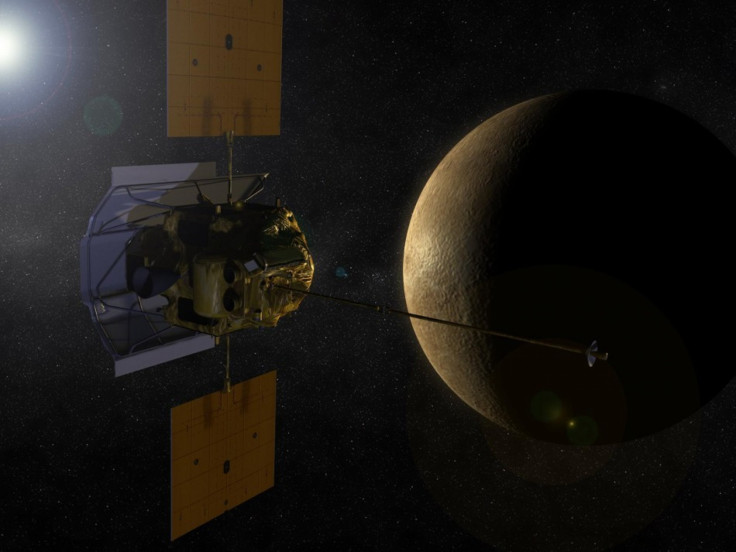NASA's MESSENGER Sees Mercury With New Eyes

It took six minutes to send the image back to Earth, but NASA's MESSENGER spacecraft finally exposed the planet Mercury.
NASA sent MESSENGER - which stands for MErcury Surface, Space ENvironment, GEochemistry, and Ranging - to get the first ever close up images of the planet. The images are now available for public viewing.
Thus far, MESSENGER, equipped with seven science instruments and a dual-imaging system, has taken more than 1,500 images. NASA said it has downloaded 363 of them and will continue to make more available. The first images of the planet released were part of an eight-image sequence.
We are seeing Mercury with a new set of eyes, eight sets of eyes to be exact, said Sean Solomon, principal investigator of the MESSENGER project, in a press conference. As a result a global perspective of the planet is unfolding and will continue to unfold.
MESSENGER was launched in 2004, and over the past few years has had several flybys. Six and a half years from when it was launched, it finally reached the planet's orbit this month. The NASA scientists say at its closest, MESSENGER is 250 kilometers above the surface of Mercury, at its farthest, it's as high as 15,000 kilometers.
Over the next year, with the images and the scientific instruments on the MESSENGER spacecraft, Solomon says his group will gather data on the composition and structure of Mercury's crust, its geologic history, the nature of its active magnetosphere and thin atmosphere and the makeup of its core.
Answering the big questions will take a yearlong campaign, Solomon said. We're already at the beginning of that campaign addressing the composition of its surface and seeing peaks in the energy spectrum. We've compiled statistics on the first few days of observation. For all of the big questions, we have a year of observations.
The MESSENGER mission represents a huge landmark in space exploration for NASA. After having sent an orbiter to Venus, Mars, Jupiter and Saturn, Mercury is the last classical planet to get the full examination treatment. NASA did send a mission there in 1974, but it was a flyby.
This is the last of the planets known to the astronomers of ancient Greece and Rome to be explored to the point where mankind has put spacecraft in its orbit, Solomon said. It has captivated the imagination of many for a millennia. You can see it in the evening sky and at this point, it's the brightest of the planets. We're now at the point where it's an object of study, we're about to embark on a year of orbital observations.
Other planets, Uranus and Neptune are not expected to get any orbital missions anytime soon. All told, the MESSENGER is approximately more than 0.71 astronomical units or 66 million miles away from Earth.
© Copyright IBTimes 2024. All rights reserved.





















